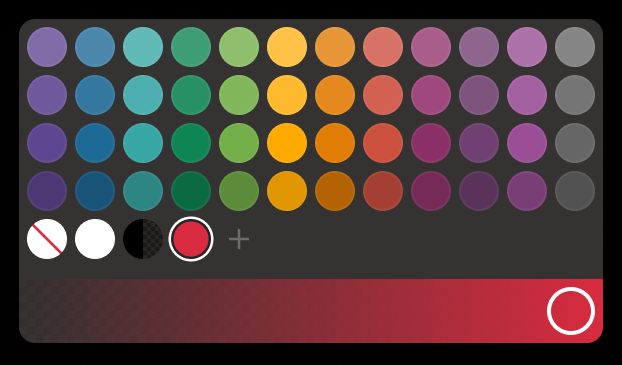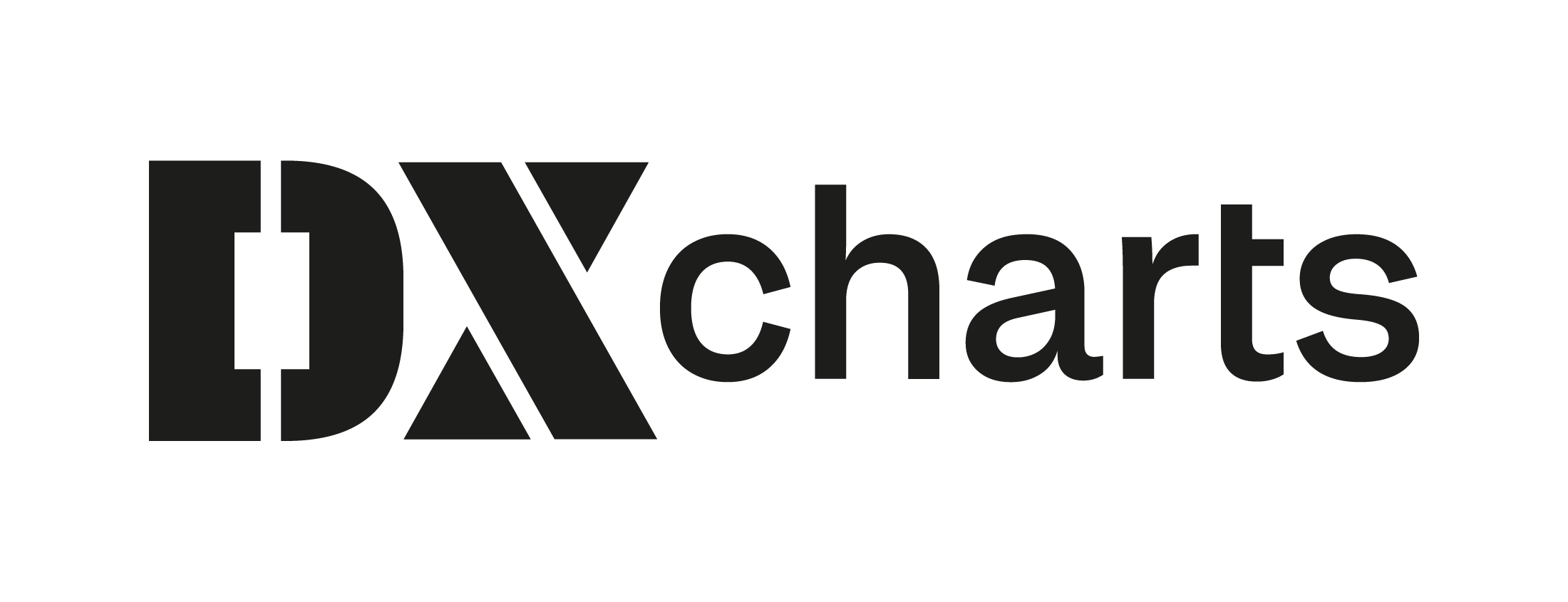- DarkLight
Pivot Points
- DarkLight
Pivot Points is an indicator that displays support and resistance levels used to determine overall trend over daily, weekly, or monthly aggregation periods. Pivot Points comprise a base level, which is called Pivot Point (PP), and three resistance and support levels above and below PP. The levels use the following calculations:
Resistance Level 3 = Previous Day High +2(Pivot - Previous Day Low)
Resistance Level 2 = Pivot + (Resistance Level 1 - Support Level 1)
Resistance Level 1 = (Pivot x 2) - Previous Day Low
PP = Previous Day (High + Low + Close) / 3
Support Level 1 = (Pivot x 2) - Previous Day High
Support Level 2 = Pivot - (Resistance Level 1 - Support Level 1)
Support Level 3 = Previous Day Low - 2(Previous Day High - PP)
where:
PP – Pivot Point
.png)
Pivot Points
INPUTS
Aggregation |
|---|
The following aggregation periods are available for showing the levels:
|
Input | Description |
|---|---|
ShowOnlyLast | The indicator shows prices for the last aggregation period only |
PLOTS
The plot renders the data you are working with on the chart. You can show/hide a plot by clicking the corresponding item in the settings. Every plot has a set of basic settings that you can change: color, weight, and type.
Plot | Description |
|---|---|
R3 | The third resistance level |
R2 | The second resistance level |
R1 | The first resistance level |
PP | The Pivot Point plot |
S1 | The first support level |
S2 | The second support level |
S3 | The third support level |
Color |
|---|
Click the color rectangle under the plot's name to open the palette. Use the slider at the bottom to set the opacity of the color.  Palette To create a custom color:
The custom-created colors are added to your palette. To remove a custom color, drag it out of the palette. |
Weight |
Change the value (in px) to adjust the thickness of the plot. |
Type |
The following plot types are available:
|
OVERLAYING
Check Overlaying to display the indicator on the chart. Otherwise, the indicator is shown in a study pane down below.
Note: To reset the settings, click Restore to Default next to the SETTINGS: INDICATOR'S TITLE


